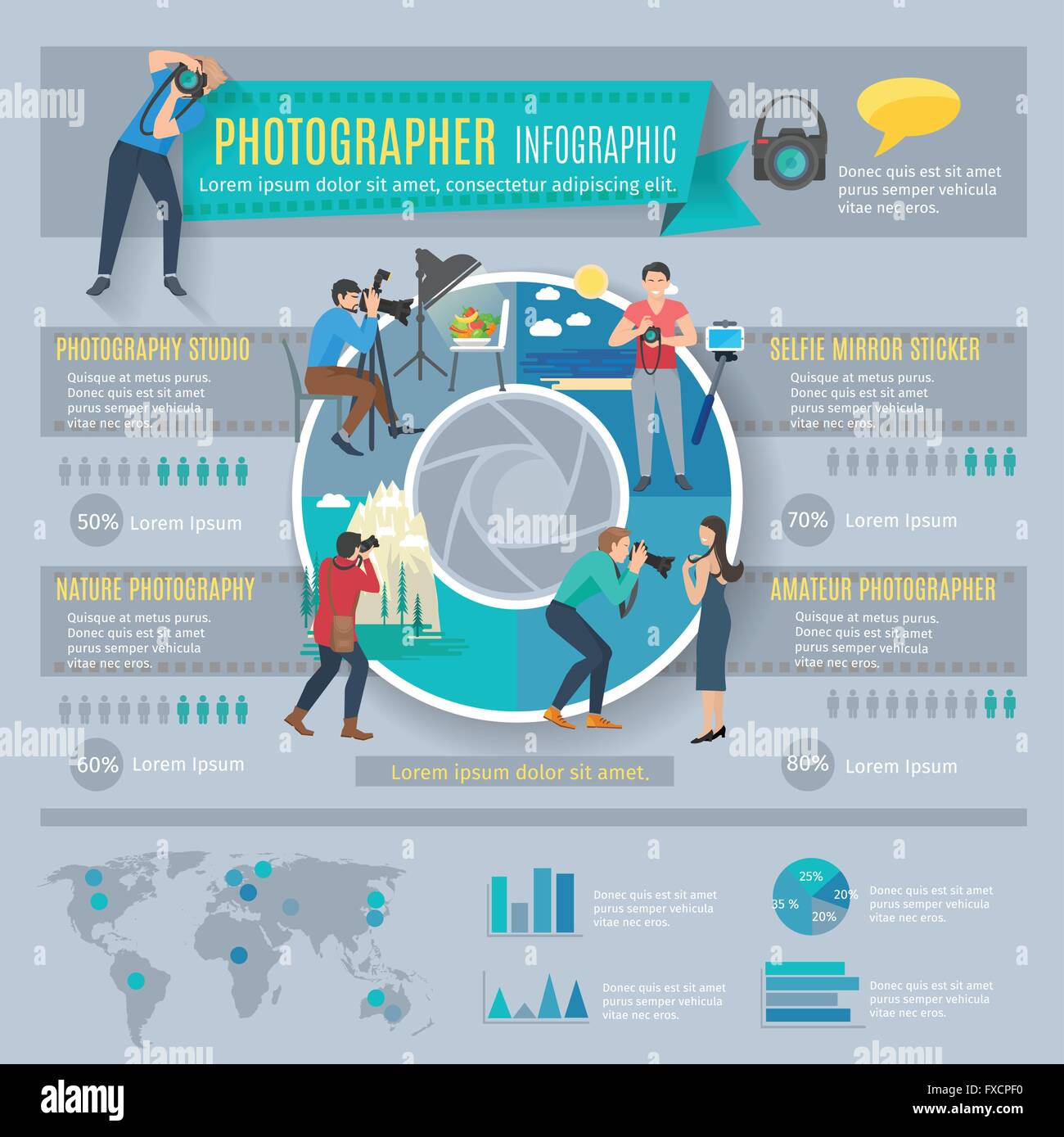What Every Digital Photographer Ought To Understand About Lights
What Every Digital Photographer Ought To Understand About Lights
Blog Article
Web Content Writer-Rogers Godwin
As a professional photographer, you understand that lighting can make or damage your images. Recognizing the nuances of both all-natural and artificial light is necessary for capturing the state of mind and quality you go for in your work. Whether you're going after the ideal gold hour glow or adjust your artificial configurations, grasping these components can raise your digital photography considerably. However there prevail risks that many overlook, and identifying them can change your method to every shoot. Allow's discover what you might be missing and how it can impact your outcomes.
Recognizing All-natural Light
Understanding all-natural light is essential for any photographer wanting to enhance their job. It's the foundation of wonderful digital photography, affecting state of mind, tone, and clearness. When you fire outdoors, take notice of the time of day. The golden hour-- shortly after daybreak and prior to sunset-- offers soft, warm light that can transform ordinary scenes right into stunning photos.
Do not take headshot photo near me of cloudy days. Cloud cover diffuses sunlight, producing a soft, even light that's perfect for portraits and macro photography. You'll discover colors pop in this type of lights without rough shadows.
Placing issues, also. Constantly consider your subject's positioning to the light. If the sunlight's behind your topic, you may end up with a silhouette, which can be significant but mightn't be what you desire. On the other hand, straight sunshine can create uncomplimentary darkness.
Explore angles; often, changing your viewpoint can generate impressive results. Use natural reflectors, like water or sand, to bounce light onto your subject, including measurement.
Learning Artificial Light
Mastering synthetic light is vital for photographers that want to take their skills to the following level. Whether you're using speedlights, workshop strobes, or continual lights, comprehending just how to manipulate these sources can considerably improve your pictures.
Begin by mouse click the up coming web site on your own with the essentials of light top quality, instructions, and shade temperature level. Experiment with different modifiers like softboxes, umbrellas, or grids to manage the soft qualities or cruelty of the light.
You'll find that soft light usually creates lovely results, while harsher light can include dramatization and depth. Do not avoid darkness; they can improve the three-dimensionality of your topics.
Pay attention to the positioning of your lights. A light positioned also near your subject can develop unflattering results, while as well far can result in an absence of information. Use https://www.liveinternet.ru/users/jacobsen_bork/post509041008 or your camera's histogram to guarantee you're exposing appropriately.
Lastly, keep in mind that man-made light can be blended with ambient light for innovative effects. Stabilizing these resources may take practice, but once you master it, your digital photography will really shine.
Techniques for Different Situations
When you step into different capturing scenarios, adapting your lights techniques is crucial for capturing the very best pictures. For exterior pictures, utilize the golden hour-- morning or late afternoon light-- to soften shadows and improve skin tones.
If it's a rough midday sun, take into consideration using a reflector to bounce light back onto your topic or look for shaded locations for an extra also exposure.
In low-light scenarios, like indoor events, increase your ISO and make use of a broad aperture to allow in even more light. A tripod can assist remove video camera shake, allowing for longer exposures without blurring.
If you're shooting at night, explore off-camera flash to develop vibrant lights and depth in your images.
For product photography, utilize diffused illumination to avoid extreme reflections. Softboxes or light outdoors tents can assist achieve this effect.
When photographing landscapes, take into consideration the direction of light and time of day, as it can drastically alter the mood of your shot.
Always prepare to change your settings and positioning based upon the scenario, as versatility is essential to mastering illumination in digital photography.
Final thought
In conclusion, understanding lights is key to boosting your photography skills. Welcome all-natural light's appeal during gold hour, and don't avoid try out man-made light strategies. By adapting your approach to various circumstances, you'll capture spectacular images that resonate with emotion and quality. Keep in mind, the appropriate lights can transform a normal shot into something remarkable, so keep exercising and improving your understanding of both all-natural and fabricated light. Satisfied shooting!
